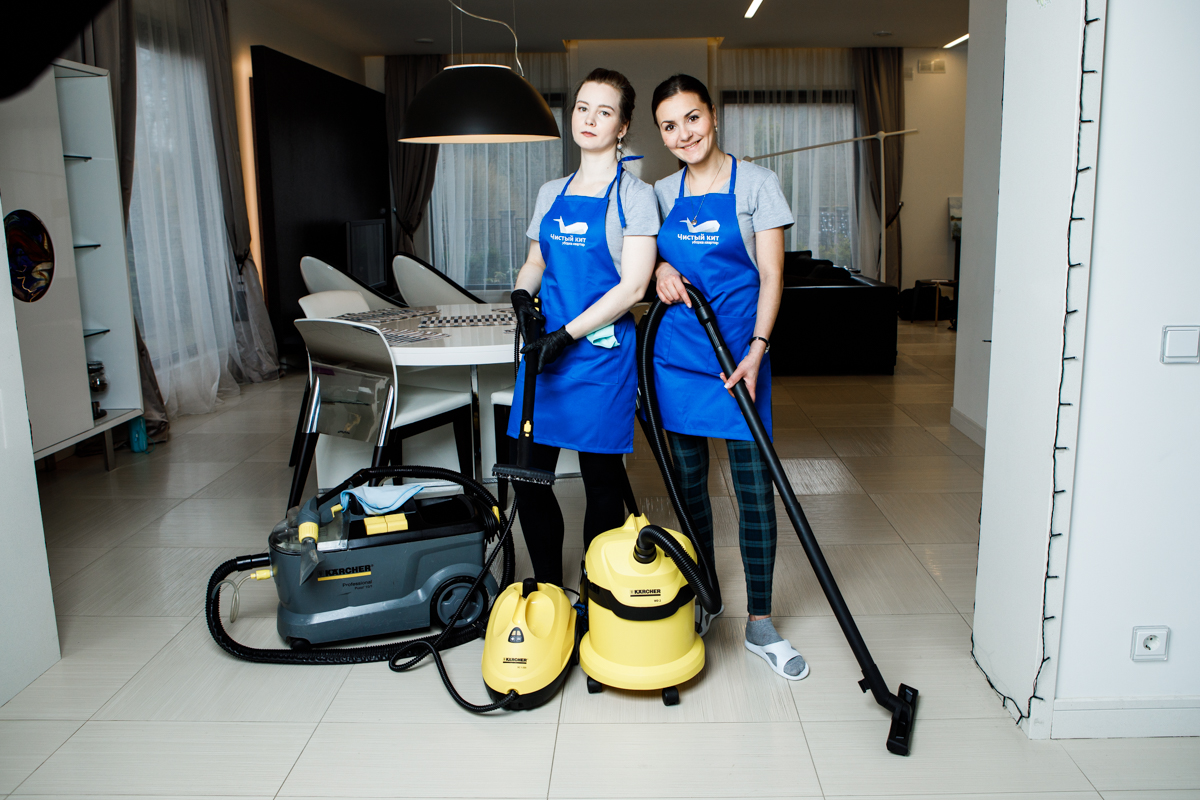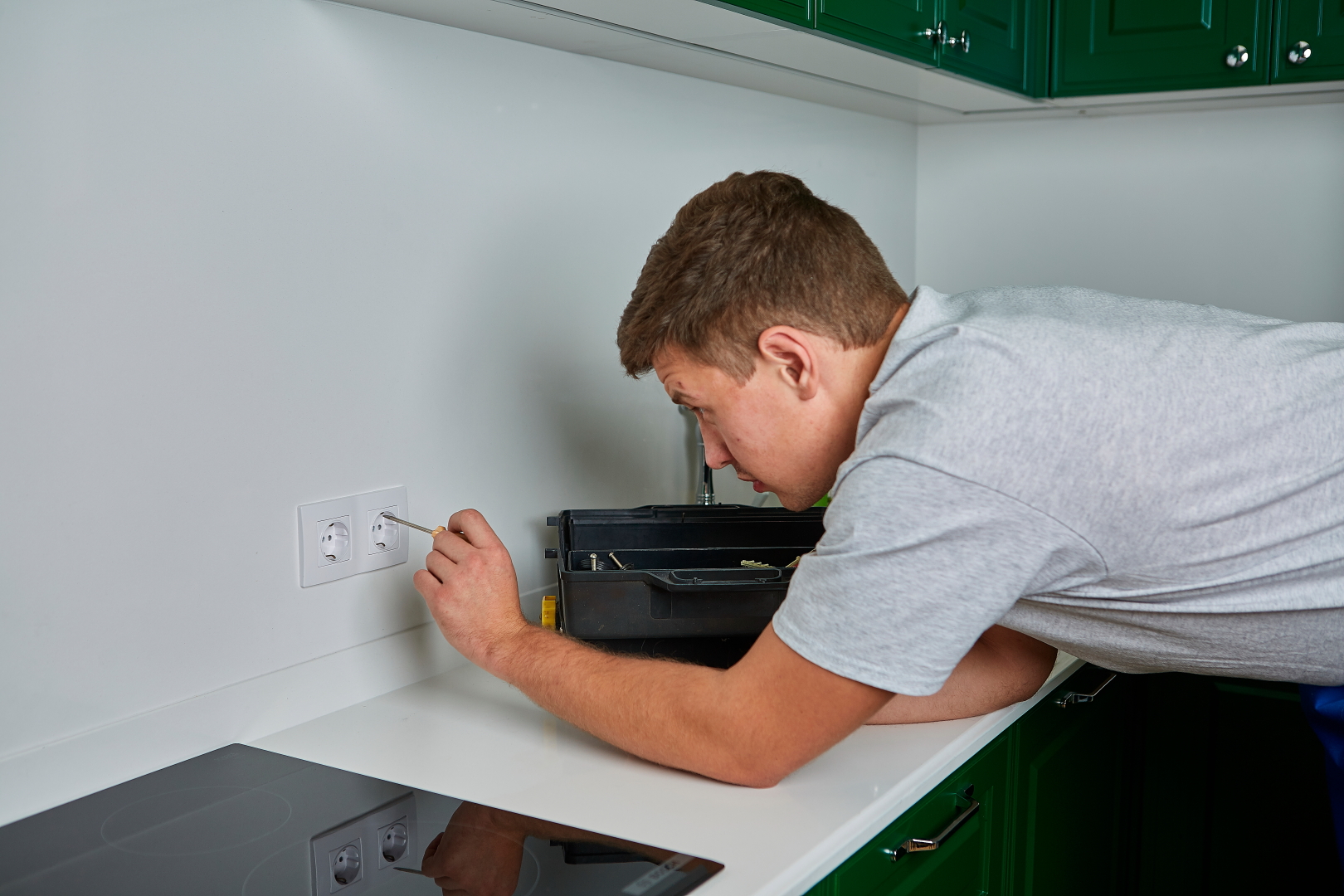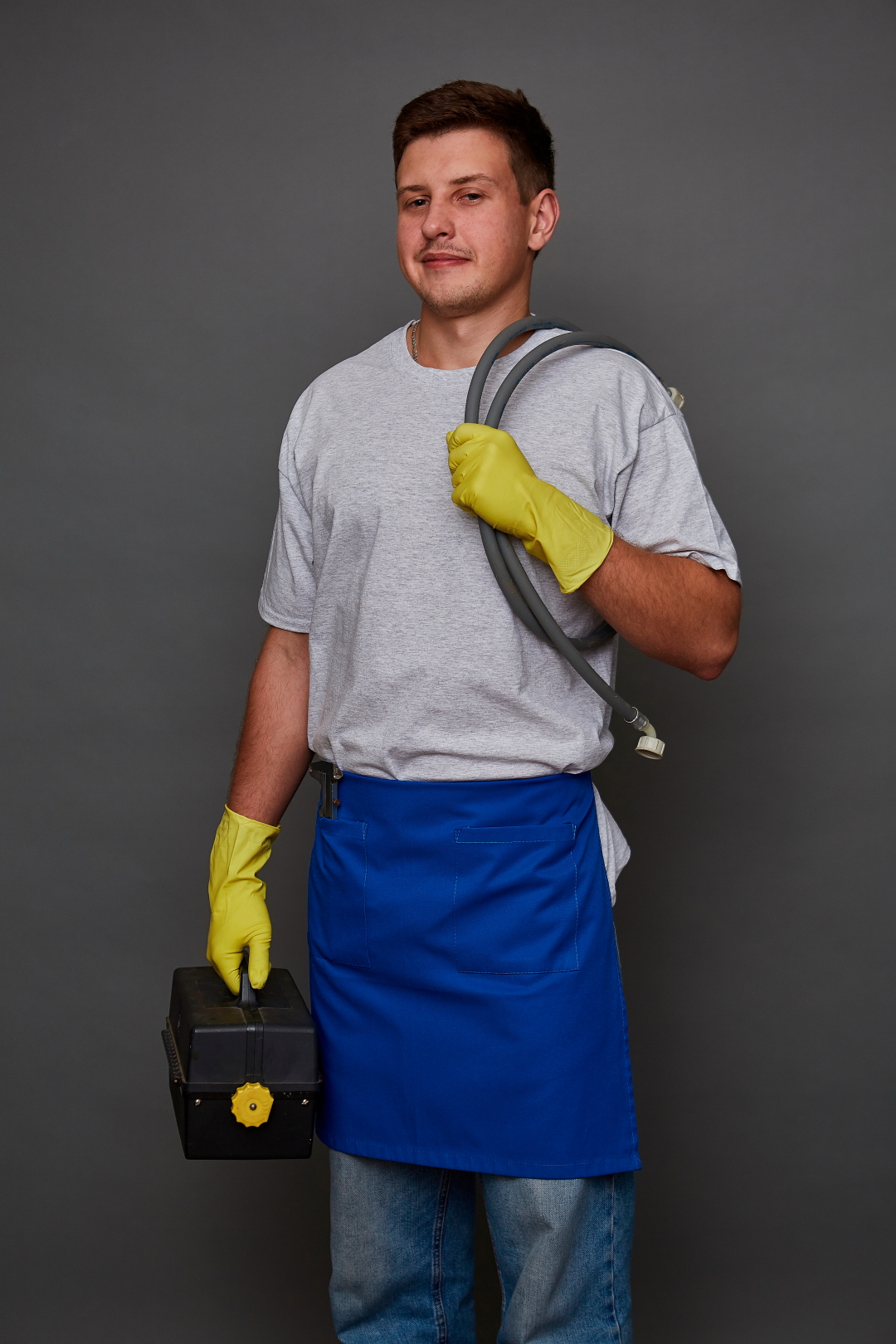How to Clean a Fabric Sofa at Home
Maintaining the cleanliness of your fabric sofa not only enhances the aesthetics of your living space but also prolongs the lifespan of the furniture. Whether you're dealing with stubborn stains, accumulated dust, or just looking to freshen up your couch, knowing the right techniques for fabric care is essential. This comprehensive guide walks you through everything you need to know about how to clean a fabric sofa at home, from understanding fabric codes to deep-cleaning methods.
Understanding Fabric Types and Cleaning Codes

Before diving into the cleaning process, it’s crucial to understand the fabric type of your sofa. Most sofas come with fabric care labels that indicate the suitable cleaning methods. The fabric code is usually one of the following:
- W: Water-based cleaning agents are safe to use.
- S: Solvent-based cleaners are recommended (no water).
- WS: Both water-based and solvent-based cleaners are appropriate.
- X: Vacuum only; no liquids should be used.
Identifying the correct code will help you avoid damaging your fabric sofa with inappropriate cleaning methods.
Essential Tools and Cleaning Supplies Needed
Having the right tools on hand is key for effective cleaning. Here’s what you’ll need:
- Vacuum Cleaner: Preferably with upholstery and crevice attachments.
- Soft Bristle Brush: For gently loosening dirt.
- Microfiber Cloths: For wiping and blotting stains.
- Mild Detergent and Stain Removers: Choose solutions suitable for your fabric type.
- Baking Soda and Vinegar: Great for DIY stain and odor removal.
Preparing the Sofa for Cleaning
Begin by preparing your sofa:
- Remove Loose Debris: Use a vacuum cleaner with an upholstery attachment to remove crumbs, pet hair, and dust.
- Pre-Treat Stains: Identify any visible stains and treat them with an appropriate cleaner. Allow the treatment to sit for a few minutes before proceeding.
How to Vacuum a Fabric Sofa Thoroughly
Vacuuming is essential for preventing dust buildup, which can cause fabric wear and tear. Use a crevice tool for tight spaces and an upholstery brush for larger surfaces. Be sure to vacuum in multiple directions to lift dirt from the fibers.
Spot Cleaning Stains on a Fabric Sofa
Stains are inevitable, but treating them promptly can prevent them from setting in:
- For food and drink spills: Blot the area with a microfiber cloth immediately. Avoid rubbing, as it can push the stain deeper into the fabric.
- Grease and oil stains: Sprinkle baking soda to absorb the grease, let it sit, then vacuum it up before applying a solvent-based cleaner.
- Ink stains: Rubbing alcohol is effective but should be tested on an inconspicuous area first.
Deep Cleaning Techniques for Fabric Sofas
For a more thorough clean:
- Steam Cleaning: Ideal for fabrics that can tolerate moisture. Steam cleaning helps to sanitize the sofa while removing embedded dirt.
- Upholstery Cleaner: Fabric shampooers are highly effective, especially for deeper stains and overall refreshment. Follow the instructions specific to your machine and the fabric type.
How to Clean Sofa Cushions and Covers
Removable cushion covers can be washed separately:
- Check the Label: Some covers are machine-washable, while others require hand-washing.
- Drying: Avoid high heat to prevent shrinkage. Air-drying is typically recommended.
DIY Solutions for Odor Removal
To eliminate unwanted odors:
- Baking Soda: Sprinkle it over the surface, let it sit for 15-20 minutes, then vacuum.
- Vinegar and Essential Oils: Create a spray solution to neutralize odors and add a fresh scent.
How to Maintain and Protect Your Fabric Sofa
Routine maintenance can extend the life of your sofa:
- Establish a Cleaning Schedule: Vacuum weekly and perform deep cleanings every 6-12 months.
- Use Sofa Covers: They provide an additional layer of protection against spills and dirt.
- Fabric Protectors: Apply treatments to make the fabric more resistant to stains.
Handling Delicate and Specialty Fabrics
Delicate fabrics like velvet and suede require special care:
- Velvet: A soft brush or handheld steamer can restore the fabric’s texture.
- Suede: Dry cleaning is often recommended for maintaining the material.
Eco-Friendly Cleaning Alternatives
For those who prefer green cleaning:
- Natural Products: Opt for vinegar, lemon juice, and essential oils.
- Environmentally Safe Detergents: Look for products with biodegradable ingredients.
Common Mistakes to Avoid When Cleaning a Fabric Sofa
Avoid these errors:
- Using Too Much Water: Excess moisture can lead to mold growth.
- Ignoring the Fabric Care Label: Always follow the manufacturer’s recommendations.
- Skipping Regular Maintenance: Consistency is key to keeping your sofa in good condition.
How to Clean a Sofa with Pet Hair and Stains
Pets can be tough on fabric sofas:
- Pet Hair Removal: A lint roller or a vacuum with a pet hair attachment is essential.
- Pet Stains: Use enzymatic cleaners specifically designed to break down organic matter and neutralize odors.
Frequently Asked Questions (FAQs)
-
How Often Should I Deep Clean My Fabric Sofa?
- At least once every 6-12 months, depending on usage and exposure to dirt.
-
Can I Use a Carpet Cleaner on My Fabric Couch?
- It depends on the fabric type and the cleaner’s settings. Always test a small area first.
-
What is the Best Way to Remove Grease Stains?
- Baking soda followed by a solvent-based cleaner works effectively.
-
How Do I Prevent My Fabric Sofa from Fading?
- Keep it away from direct sunlight and apply a UV fabric protector.
-
Are Store-Bought Cleaners Safe for All Fabrics?
- Not always. Check if the cleaner is compatible with your fabric code.
-
How Can I Protect My Sofa from Future Stains and Spills?
- Apply a fabric protector and use slipcovers for added security.
Conclusion: Achieving a Fresh, Clean, and Inviting Fabric Sofa
With the right knowledge and tools, keeping your fabric sofa clean doesn’t have to be a daunting task. By following these expert tips on routine maintenance, spot cleaning, and deep cleaning, you can maintain a fresh and inviting living space for years to come.








